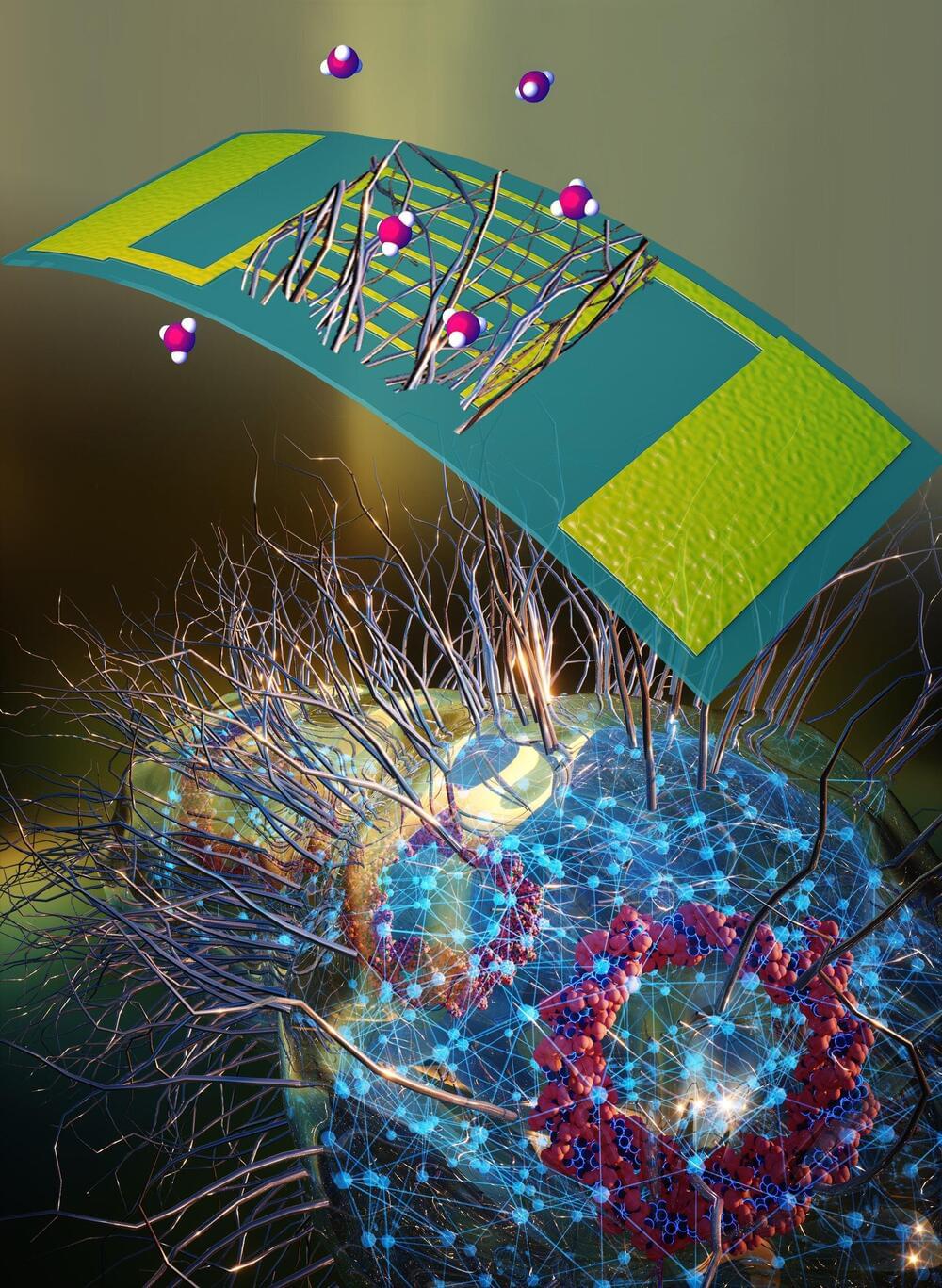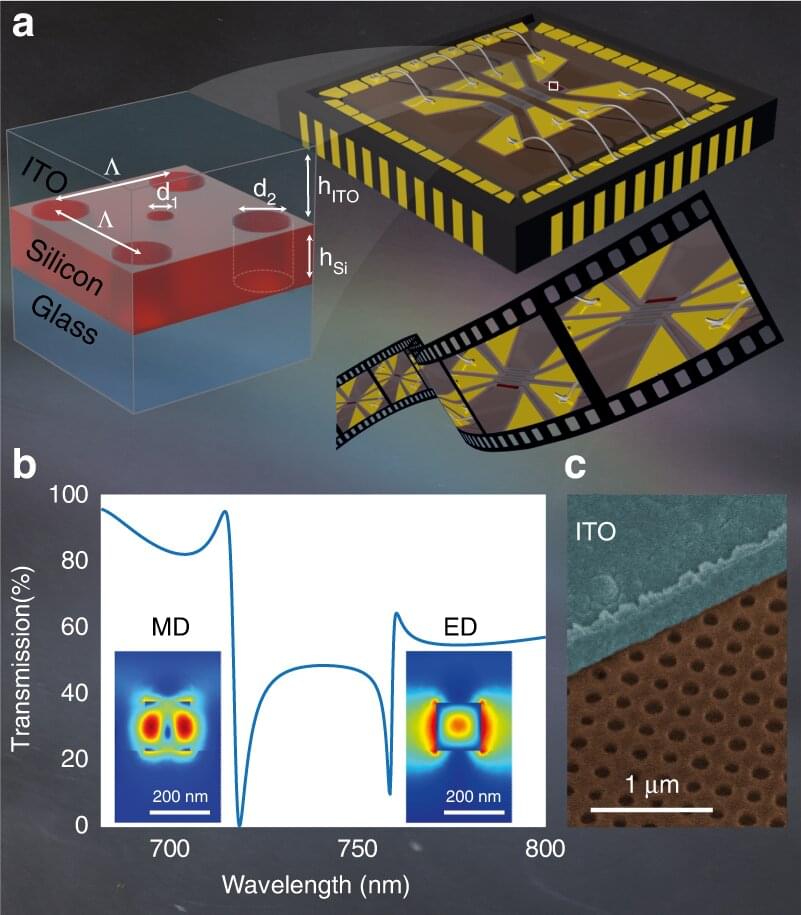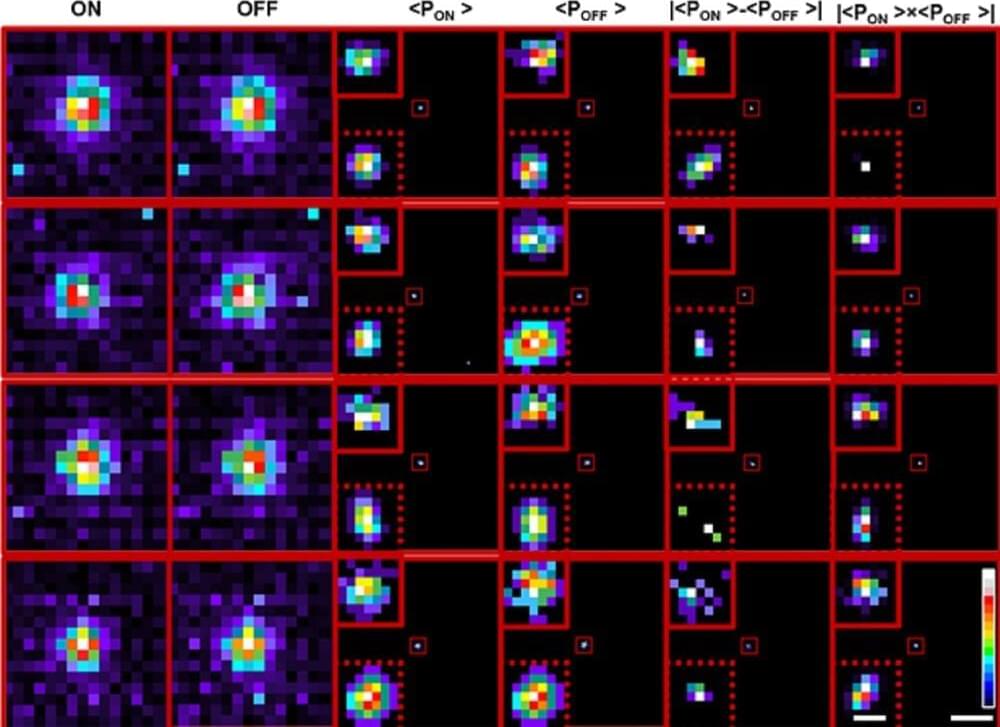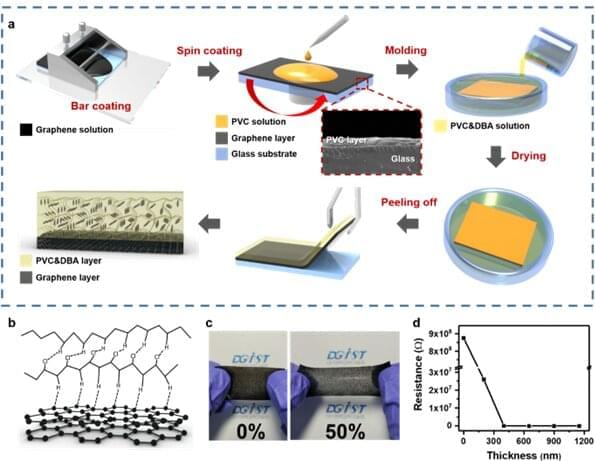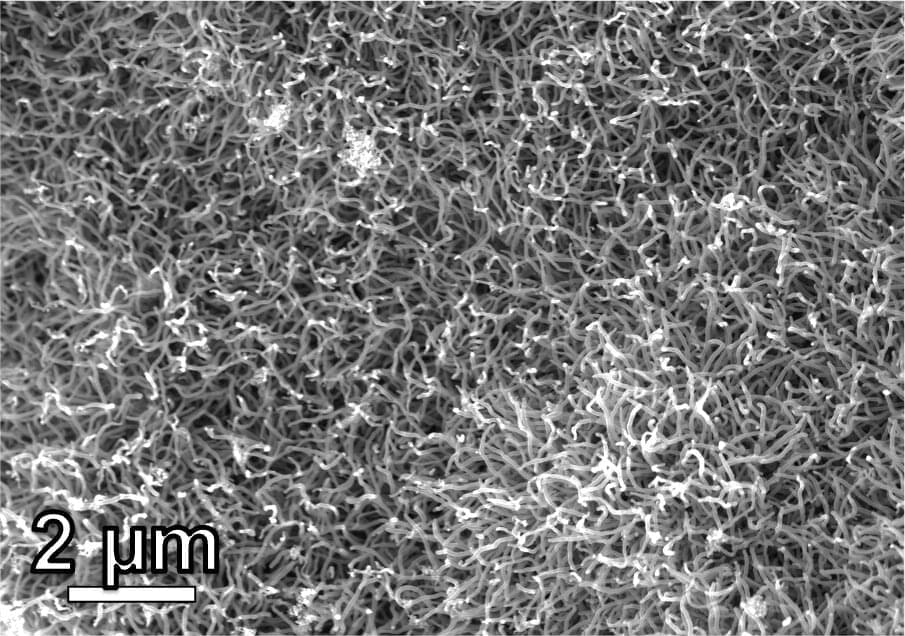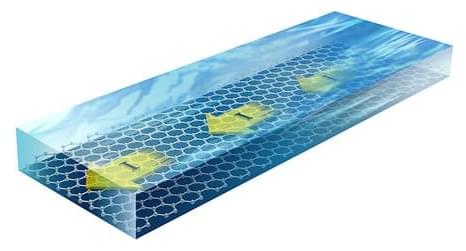Feb 23, 2023
Feasibility of mapping the human brain with expansion x-ray microscopy
Posted by Logan Thrasher Collins in categories: bioengineering, biological, biotech/medical, mapping, nanotechnology, neuroscience
Hey folks, I’m excited to share a new essay with y’all on my proposed route towards nanoscale human brain connectomics. I suggest that synchrotron ‘expansion x-ray microscopy’ has the potential to enable anatomical imaging of the entire human brain with sub-100 nm voxel size and high contrast in around 1 year for a price of roughly $10M. I plan to continue improving this essay over time as I acquire more detailed information and perform more calculations.
For a brief history of this concept: I started exploring this idea during undergrad (working with a laboratory-scale x-ray microscope), but was cut short by the pandemic. Now, I’m working on a PhD in biomedical engineering centered on gene therapy and synthetic biology, but I have retained a strong interest in connectomics. I recently began communication with some excellent collaborators who might be able to help move this technology forward. Hoping for some exciting progress!
By Logan Thrasher Collins.
Continue reading “Feasibility of mapping the human brain with expansion x-ray microscopy” »

